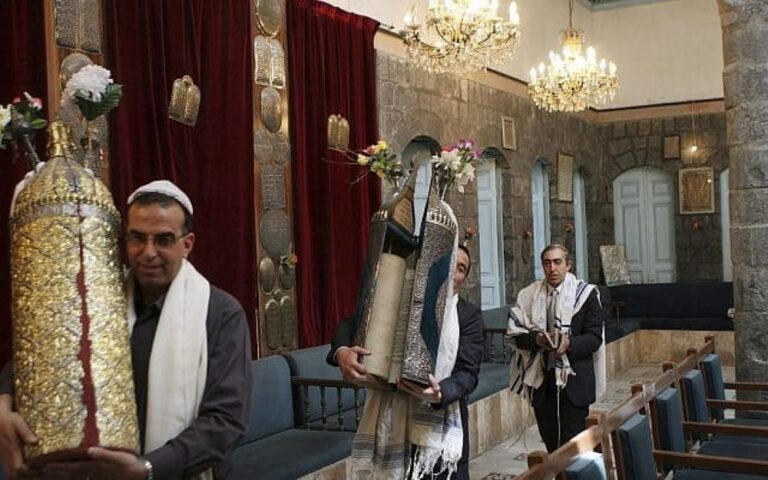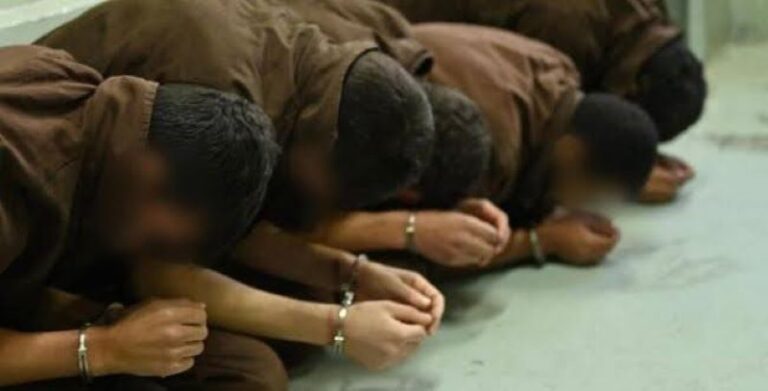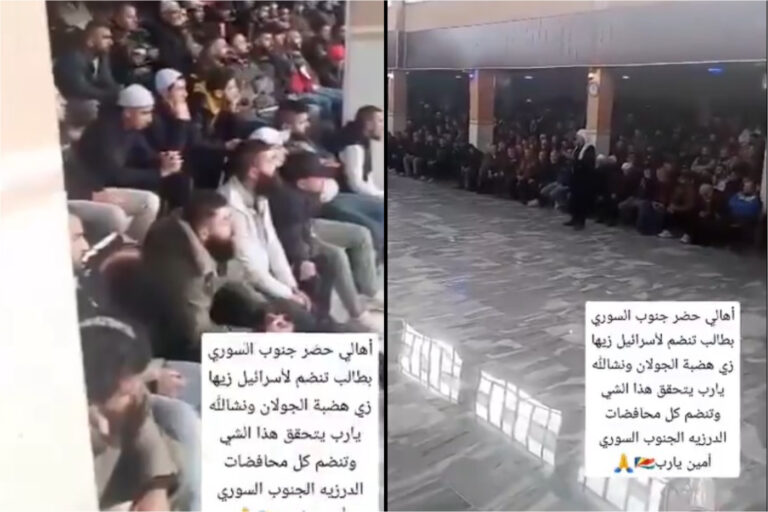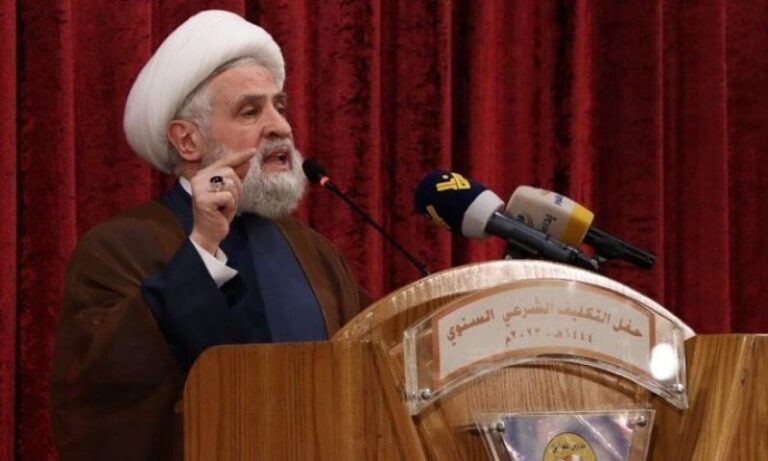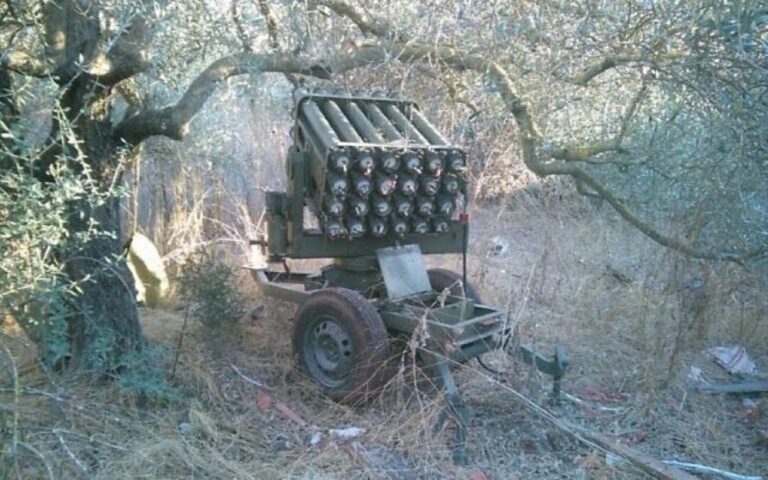Faulty classroom design and failures in the police radio and 911 systems contributed to the chaos and deaths during the recent Florida high school massacre, a commission investigating the shooting was told at its first meeting Tuesday.
Broward Sheriff’s Office Detective Zachary Scott told the Marjory Stoneman High School Public Safety Commission that teachers trying to lock down their students as the gunman began his attack couldn’t lock classroom doors from the inside, but had to grab a key, open the door and turn the lock from the outside.
“That’s messed up, no matter how you slice it,” said Pinellas County Sheriff Bob Gualtieri, chairman of the 16-member commission that will prepare a report looking at the actions of state officials before and after the shooting and make recommendations. Fourteen students and three staff members died in the Feb. 14 shooting and 17 others were wounded.
The doors also had small windows that allowed the suspect, whom police have identified as former student Nikolas Cruz, to fire into classrooms that had been locked, leading to several deaths, Scott told the commission. Members include law enforcement administrators from throughout Florida, education officials, a state senator, a mental health counselor and the fathers of victims Alex Schachter, Meadow Pollack and Alaina Petty. The members were appointed by Gov. Rick Scott, state House Speaker Richard Corcoran and Senate President Joe Negron.
The commission also learned the Broward sheriff’s office and Coral Springs police department, the two primary agencies responding to the shooting, had different radio systems that prevented authorities from exchanging information — and that attempts to merge the channels failed.
Also, the city of Parkland, where the school is located, has a bifurcated 911 system. Calls from cellular phones go to the Coral Springs 911 center, while calls from landlines go to the Broward sheriff. As most calls from campus were from cellphones, Broward dispatchers were getting second-hand information from Coral Springs.
Scott played a rudimentary computer animation showing the gunman’s actions as he moved through the three-story freshman building during his six-minute attack. The suspect and the victims were represented by dots, with the victims’ dots changing colors when they were fatally wounded. The specific victims were not identified. The audience that filled the auditorium at Broward College’s north campus remained silent as Scott talked through the animation.
Gualtieri told the members their goal should be to prevent any more mass shootings.
“Nobody else should have to endure what those children had to endure that day,” he said.
The commission will also examine the Broward Sheriff’s Office’s conduct before, during and after the shooting. Deputy Scot Peterson, the school’s security officer, retired after Sheriff Scott Israel criticized him and planned to suspend him for not rushing into the building to confront and kill Cruz. The commission also will consider the conduct of other deputies who arrived at the school but remained outside.
School counselors and mental health officials will appear before the commission to talk about their contact with Cruz. He spent time at a school for emotionally and mentally disturbed students before being allowed to transfer briefly to Stoneman Douglas. He was kicked out later. Cruz’s attorneys have said he would plead guilty in exchange for a life sentence. Prosecutors are seeking the death penalty.
The commission could also examine other Florida mass shootings, including a 2016 massacre at Orlando’s Pulse nightclub that killed 49, and a 2017 shooting at Fort Lauderdale-Hollywood International Airport that left six dead. Gualtieri suggested that it focus solely on school shootings, however.
The commission’s final report is due Jan. 1.
(AP)



